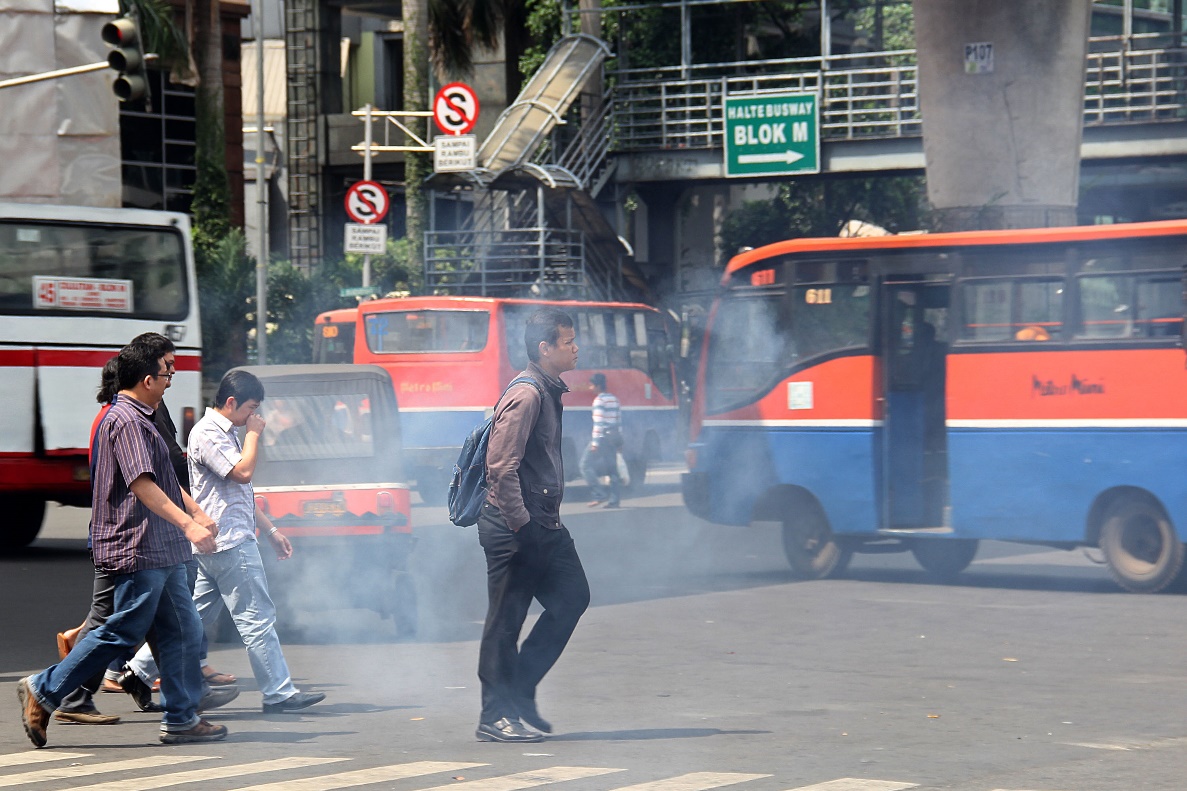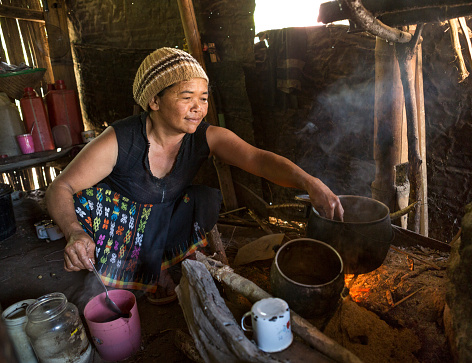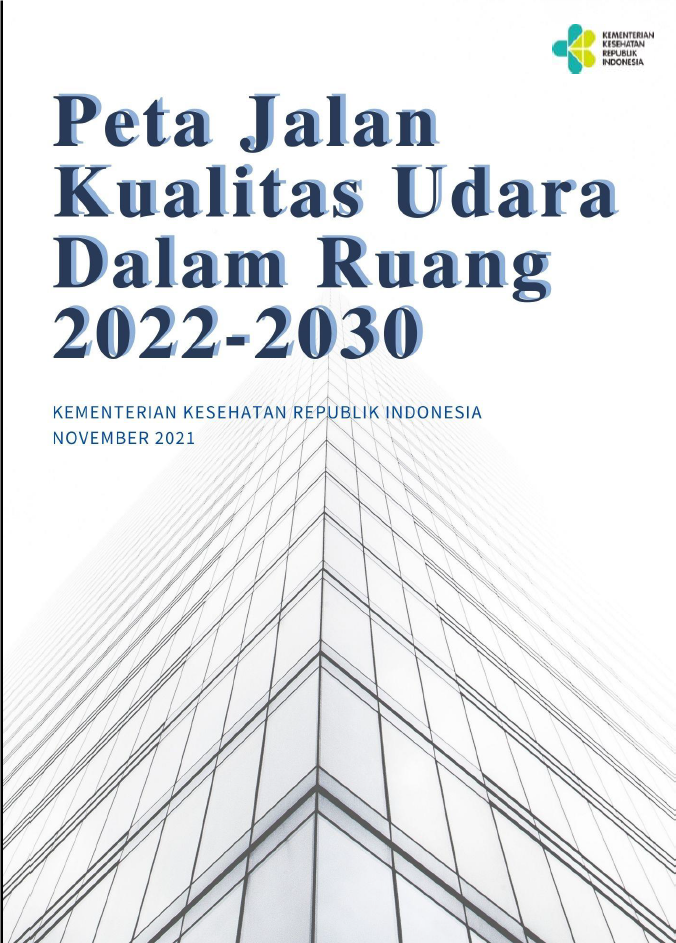Air pollution can occur in both outdoor and indoor settings and affects health. High emissions of health-damaging pollutants such as particulate matter (PM) and carbon monoxide (CO) are known to increase the risk of diseases like cancers, respiratory problems, tuberculosis, allergic conditions and cataracts. In 2016, household air pollution was responsible for 3.8 million death or 7.7% of global mortality.

Fig. 1. Ambient (outdoor) and household air pollution combined cause diseases and premature deaths. Photo Credit: Nurcholis Anhari Lubis/via Getty Images
In 2018, WHO convened The First Global Conference on Air Pollution and Health under the theme, ‘Improving Air Quality, Combating Climate Change: Saving Lives.’ The conference resulted in recommendations and an aspirational goal of reducing the number of deaths from air pollution by two thirds by 2030. The UN determined indicators for air pollution in the SDGs which need cross-sectoral collaboration. Efforts to combat air pollution will contribute to SDG 3 (good health and well-being), SDG target 7.2 on access to clean energy in the home, SDG target 11.6 on air quality in the cities, SDG target 11.2 on access to sustainable transport and SDG 13 (climate action). Furthermore, reducing air pollution will contribute to achieve the goals of the Paris Agreement on climate change.

Fig. 2. Women are one of the most vulnerable groups. They are severely impacted by indoor/household air pollution as they spend time in the kitchen when the stove is alight. Photo Credit: Joakimbkk/via Getty Images
The Government of Indonesia has included air quality and climate change in the National Mid-Term Plan (RPJMN) 2020-2024, as part of the national priority development agenda. The Ministry of Health issued Decree No. 829/1999 on Housing Health Standards and Regulation No. 1077/2011 on Guidelines for Air Safety in the Household. Implementing these policies is challenging, as operational strategies to guide interventions on the ground level are yet to be made available. Therefore, WHO is supporting the Ministry of Health to revisit all policies and implementation plans relating to existing regulations through SWOT analysis and review. Moreover, WHO is identifying relevant regulations from other ministries. A series of expert consultation meetings was conducted to identify priority issues in indoor air pollution, involving the Ministry of National Development Planning (Bappenas), Ministry of Environment and Forestry, Ministry of Manpower, Ministry of Education, Ministry of Women Empowerment and Child Protection, academic and civil society organisations, and community group. It was found that the focus of Bappenas and the Ministry of Environment and Forestry is on outdoor (ambient) air pollution. Meanwhile, the Ministry of Manpower is monitoring indoor air quality at workplaces, but no data is shared.
Indoor air quality needs to be controlled through measurable, integrated, and targeted programmes. The Ministry of Health, through administrative control, has implemented various indoor air quality regulations in a range of settings. However, these interventions have yet to be integrated in the national system.
Since July 2021, WHO supported the Ministry of Health to develop the National Indoor Air Quality Roadmap 2022-2030 as a reference for the government and related parties in planning, compiling, implementing, monitoring, and evaluating policies and strategies related to indoor air quality.
The Roadmap includes planning for the management and supervision of health aspects in indoor air quality in residential areas and public places. It focuses on six components: policy development, quality control, support system development, human resource capacity development, community empowerment, and the use of research and technology related to indoor air quality.

Fig. 3. National Roadmap on Indoor Air Quality 2022-2030.
The implementation of the Roadmap focuses on three major milestones:
- Period I (2022-2025): Building the commitment and readiness of the Indonesian government in managing indoor air quality in residential areas, workplaces, recreation areas, and public places and facilities (including health facilities).
- Period II (2026-2029): Building qualified human resources and systems for indoor air quality management in residential settings, workplaces, recreation areas, and public places and facilities (including health facilities).
- Period III (2030): Achieving clean and healthy indoor air quality in residential areas, workplaces, recreation areas, as well as public places and facilities (including health facilities).
To strengthen government efforts to improve household/indoor air quality, WHO continues to support and provide technical assistance to the government. The Ministry of Health, with WHO support, has developed tools to assess the determinants of indoor air quality at the community level and develop behavioural change strategies to improve indoor air quality and promote healthy housing. The assessment will be conducted in 2022 in six municipalities and regencies (Depok, Bogor, Samarinda, Kutai Kartanegara, Surabaya and Kediri) located in settlement, slum, industrial, and rural areas. It is expected that this assessment will contribute to the revision of the Ministry of Health regulation related to healthy housing and indoor/household air quality and assist the government in determining feasible approach at the community level to improve air quality.
***
